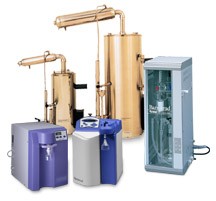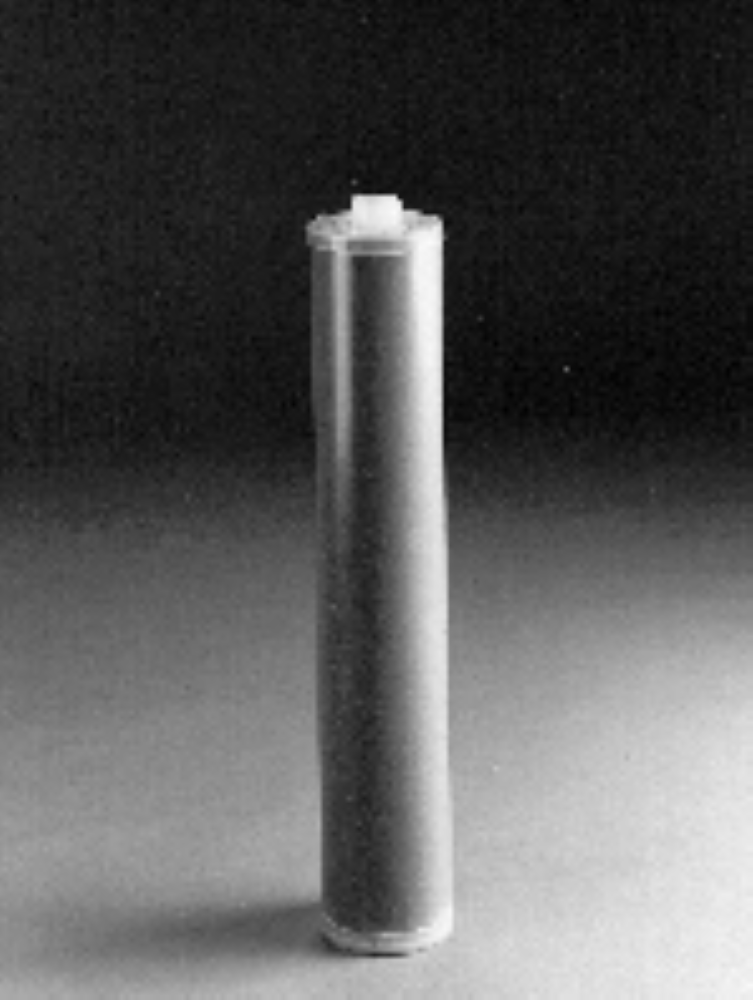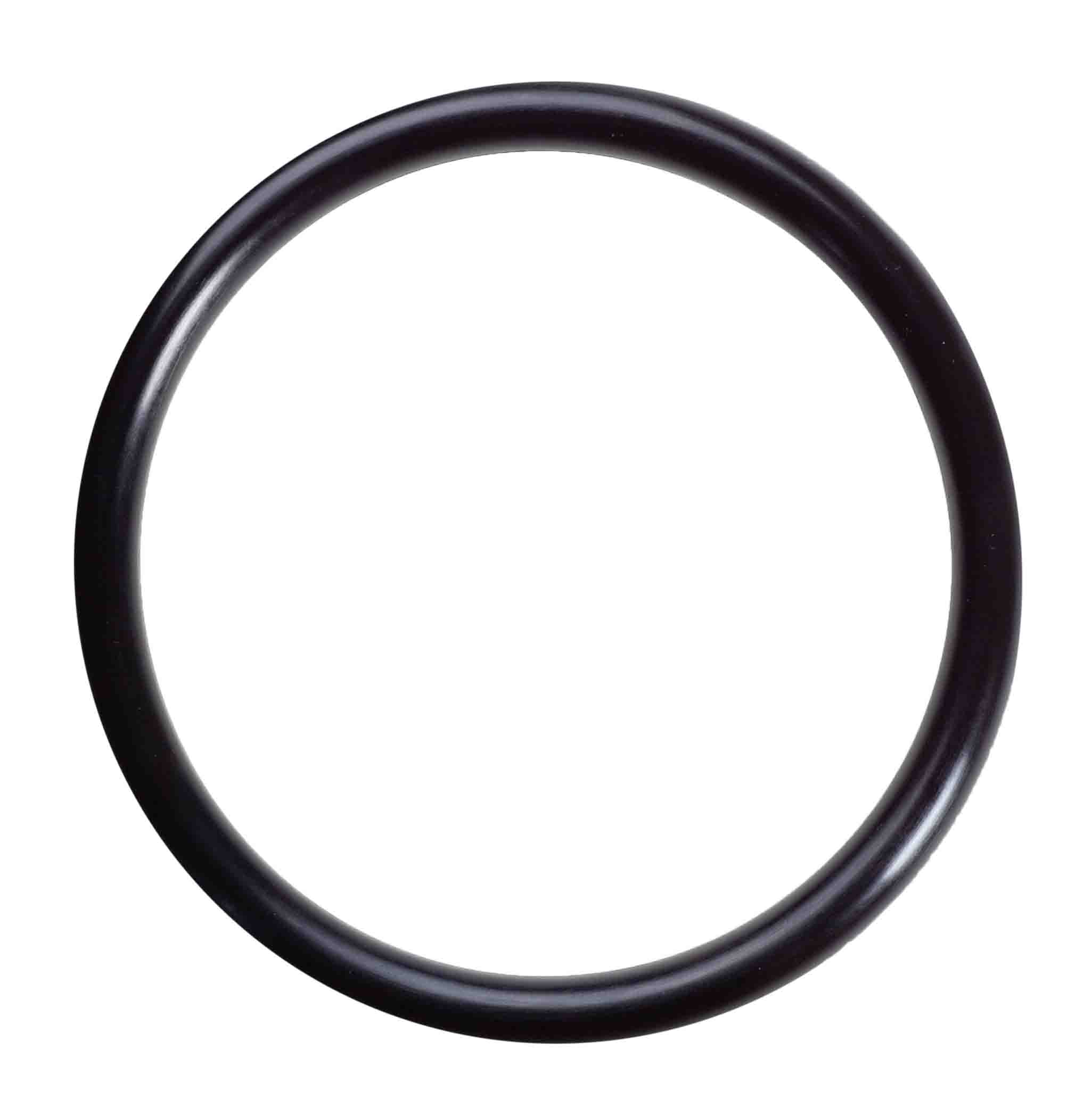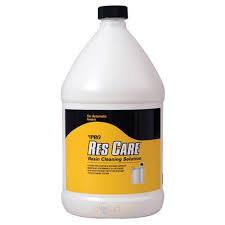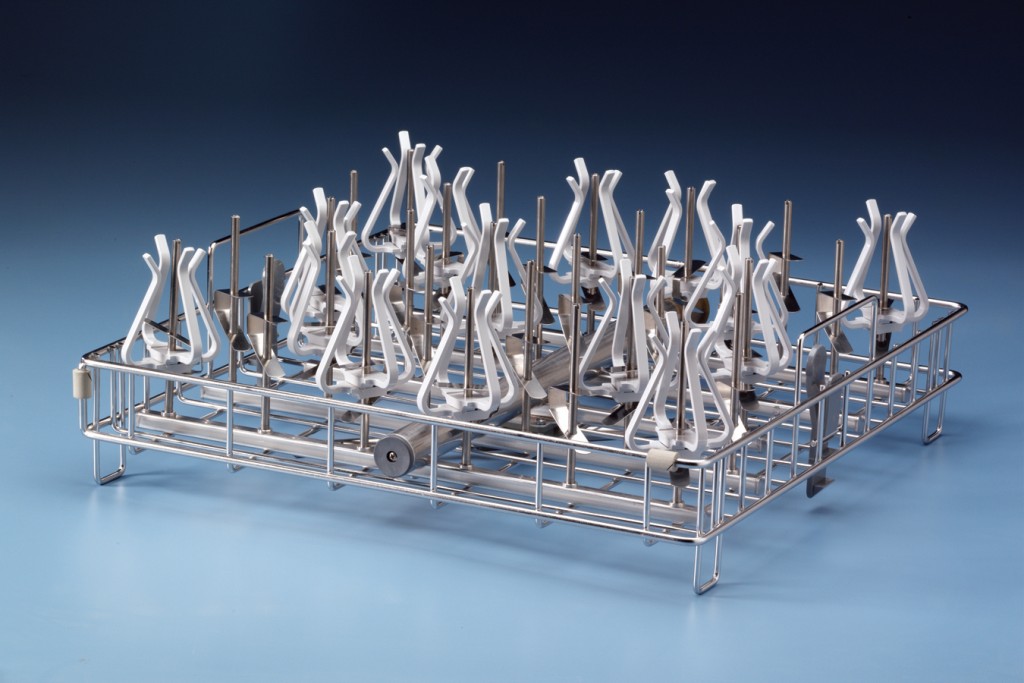About Pyrogens and Endotoxin
DEPT. OF HEALTH, EDUCATION, AND WELFARE PUBLIC HEALTH SERVICE - FOOD AND DRUG ADMINISTRATION
*ORA/ORO/DEIO/IB* Date: 3/20/85 Number: 40
Related Program Areas:
Drugs and Devices
--------------------------------------------------------------------------------
ITG SUBJECT: BACTERIAL ENDOTOXINS/PYROGENS
Introduction
There has been considerable discussion in the literature recently pertaining to the Bacterial Endotoxins Test, its significance and interpretation, and its comparison to the USP rabbit test. The topic was previously briefly addressed via Inspection Technical Guide No. 32, dated 1/12/79, with the subject: Pyrogens, Still a Danger.
Because of the increased acceptance and use of the Bacterial Endotoxins Test, ITG No. 32 is being updated.
The USP now recognizes two tests - The Pyrogen Test conducted with rabbits and the Bacterial Endotoxins Test, also termed the Limulus Amebocyte Lysate (LAL) Test. Additionally, the agency has approved the use of the Bacterial Endotoxins Test for many drug and device products. This ITG will focus on the significance and interpretation of pyrogen/endotoxin testing. Also sources and methods of depyrogenation will be discussed. The limitations of the rabbit pyrogen test should be recognized when reviewing systems during inspections of sterile drug and device manufacturers.
History
The Federal Register, January 18, 1980, proposed guidelines for determining endotoxins with the Limulus Amebocyte Lysate Test (LAL). Subsequently, the draft guideline was revised and reissued in 1983. The USP XX, 5th supplement, revised the Bacterial Endotoxins Test. However, unlike the FDA draft guideline, no retest provisions were included. Most manufacturers are at some stage of validating the Bacterial Endotoxin Test for their products.
The USP's subcommittee responsible for revisions of compendial test methods and/or product monographs has, in the past few years, made some significant changes in the bacterial endotoxin test and product monograph requirements. In 1984, five USP water products were given specific bacterial endotoxin limits. Water for Injection, Sterile Water for Injection and Sterile Water for Irrigation have an allowable endotoxin limit of 0.25 Endotoxin Units (EU)/ml. (EU=Unit of measurement for endotoxin activity). However, Bacteriostatic Water for Injection and Sterile Water for Inhalation have been given a slightly higher bacterial endotoxin limit of 0.5 EU/ml (USP - Supplement 4a - 1984). The agency has recognized the benefits of the Bacterial Endotoxins Test, particularly with respect to sensitivity, reproducibility, scope and simplicity. Additionally, both FDA inspections and FDA testing programs have identified objectionable levels of endotoxin in drugs and devices.
Some finished products tested, although not found actionable because of the low dose of product to be administered, could be indicative of pyrogen problems in other systems, such as a Water for Injection System. For example, a particular product such as Cyanocobalamin Inj., can have an endotoxin concentration of 10 EU/ml and be considered as in compliance. However, one could question the manufacturer's Water for Injection (WFI) System since the WFI System should have a level of .25 EU/ml.
There is considerable discussion in the literature pertaining to endotoxicity versus pyrogenicity. Many of the FDA investigators and reviewers of inspection reports are unaware of the limitations of the USP rabbit test as an endotoxin test. For example, Elin, in the Annual Review of Medicine, commented that "The repeated administration of lipopolysaccharide (LPS), the chemical name used synonymously with bacterial endotoxins, to experimental animals results in a progressive diminution of some of the biological effects, especially fever. The precise mechanism of this phenomenon, termed endotoxin tolerance, is unknown". Also, some studies have shown that the endotoxin of the Legionnaires' bacillus has a different spectrum of toxicity than the more common gram-negative organisms. In particular the Legionnaires' endotoxin was not very pyrogenic (by the rabbit test), but was very active in the LAL - 1,000 fold difference between the two tests. In this situation, the rabbit test is inadequate for determining the potency of the toxins present.
The USP pyrogen test has additional limitations besides endotoxin tolerance and low reactivity to legionnaires' endotoxin. Among these are its variability in test results when compared to the same preparation of standardized endotoxin. This condition is influenced by seasonal variation, interlaboratory factors, rabbit species to species characteristics, and other biological influences. The test is inadequate for certain classes of drugs including radiopharmaceuticals, cancer chemotherapeutic agents, hypnotics and narcotics, vitamins, steroids and certain antibiotics. It has been found that apparent pyrogens in the product can be "masked" by the physio-chemical activity of the therapeutic drug components. In addition, the rabbit test is insufficiently sensitive for endotoxin detection in intrathecal drug products.
There is also little recognition of the clinical significance of endotoxin. Possibly this is because the most emphasized pathogenic effect of gram negative disease is the production of fever, and of all of the effects of endotoxin, fever is probably the least important biologically and clinically.
Although many manufacturers are working with LAL, there are still some manufacturers who are reluctant to employ LAL because it is too sensitive.
In addition to the sensitivity of the test, greater numbers of dosage units/devices can be tested using LAL. For example, a sterile critical device was found to have an acceptable endotoxin level from a pooled sample. (Note: The USP pyrogen test is performed on a pooled sample.) However, when extracts of units were LAL tested individually, occasional failures were noted. A similar situation occurred in a sample of Bacteriostatic Water for Injection. A pooled sample from a number of units was found to have endotoxin levels of less than 0.5 EU/ml. However, some specific dosage units were found to exceed this 0.5 EU/ml USP limit and Regulatory Action was taken.
Characteristics of Bacterial Endotoxin
"Microbial pyrogen" as opposed to "gram negative bacterial endotoxin" has become a general descriptive term for many different substances. However, pyrogenic substances can be produced by some gram positive bacteria, mycobacteria, fungi and also viruses, but the pyrogens produced by gram negative bacteria, i.e., the endotoxins, are of significance to the pharmaceutical industry.
Bacterial endotoxins, found in the outer membrane of gram-negative bacteria are members of a class of phospholipids called lipopolysaccharides (LPS). LPS are not exogenous products of gram negative bacteria. The release of LPS from bacteria takes place after death and lysis of the cell. Good examples of pyrogen producing gram- negative bacteria are Escherichia coli, Proteus, Pseudomonas, Enterobacter and Klebsiella.
Formula Used to Calculate the Endotoxin Limit for Individual Drug Products
The effects of endotoxin are related to the amount of endotoxin in the product dose administered to a patient. Because the dose varies from product to product, the endotoxin limit is expressed as K/M. K is 5.0 EU/kilogram (kg.), which represents the approximate threshold pyrogen dose for humans and rabbits. That is the level at which a product is adjudged pyrogenic or non-pyrogenic. M represents the rabbit pyrogen test dose or the maximum human dose per kilogram that would be administered in a single one hour period, whichever is larger. If a product is labeled for intrathecal injection, then K is 0.2 EU/kg. However, there are 5 water products (previously discussed) which, because of the large volumes that can be administered and absence of dose limitation, have specific endotoxin limits per ml.
Example 1 - A non-intrathecal drug product that has a maximum human dose of 10 ml/kg.
Endotoxin limit = K 5 EU/kg - = ------- = 0.5 EU/ml M 10 ml/kg
Example 2 - Product: Cyanocobalamin Inj. Potency: 1000 mcg/ml
Maximum Dose/kg 14.3 mcg/kg (see product labeling)
Endotoxin Tolerance Limit = 5.0 EU/kg - non-intrathecal drug
Endotoxin Limit = K 5.0 EU/kg - = --------- = 0.35 EU/mcg M 14.3 mcg/kg
This value (0.35 EU/mcg) is expressed in Endotoxin Units per mcg of product. In order to convert this value to a endotoxin unit concentration per ml, multiply it (0.35 EU/mcg) by the product potency (see below).
1000 mcg/ml x 0.35 EU/mcg = 350 EU/ml
This determined value means that if a parenteral drug manufacturer is using the LAL method for endotoxin testing of Cyanocobalamin Inj., the product can have no more than 350 EU/ml of product.
LAL Methods - Some Inherent Weaknesses
The FDA and USP have recognized the validity of various approaches to using LAL for endotoxin testing. There are four basic methods commercially available and currently approved by FDA for end-product release testing: (i) the gel-clot; (ii) the turbidimetric (spectrophotometric); (iii) the colorimetric (Lowry protein); and (iv) the chromogenic assay. The LAL reagents used in these methods must be obtained from an FDA-licensed manufacturer and must be designed specifically for the method chosen. Many of the other LAL methods appearing in the literature are modifications of the gel-clot or turbidimetric test and some have been designed to use less LAL than the basic method.
Certain products have been known to interfere with the LAL's ability to react with endotoxin. These factors may be chemical or physical. Chemical inhibitors cause chelation of divalent cations necessary for the LAL reaction (i.e. EDTA), protein denaturation (i.e. fluorescein), or pH disruption (i.e. pH outside 6.0 - 7.5 range). Physical inhibitors include adsorption of endotoxin, or product viscosity. Most will affect all methods although the degree of inhibition may vary. However, most of the inhibition can be overcome by dilution of the product. Other factors such as the shape and type of glassware used in the gel-clot test can also affect the validity of the test. For example, siliconized glassware as well as plastic can inhibit gel-clot formation or prevent accurate spectrophotometric readings of the reaction mixture end point.
Turbidimetric and chromogenic methods cannot be used with certain turbid or colored products. Additionally, precipitate formation, although inhibitory, may be mistaken for a positive response in these methods. One problem associated with the use of the chromogenic method is the formation of a precipitate following the addition of acid to stop color development. Products that require a neutral or basic pH for solubility are most likely to cause this problem.
The necessity to validate the reliability and accuracy of the LAL method for each product tested cannot be over-emphasized. Manufacturers can demonstrate this by inoculating the product with low levels of endotoxin and assay for their recovery. The endotoxin concentrations used should be within the lower range of the lysate sensitivity. In addition, several researchers have found that even the selection of lysate reagent source (i.e., the manufacturer of the lysate) can contribute to variability in test results. Therefore, if any change in reagent source is made, the test must be re-validated.
There have been several revisions to the analytical procedures outlined in the bacterial endotoxin test since it was first issued in 1980. These changes have enabled the LAL method to be more reliable as a compendial referee test. The significant changes are (i) After dilution of endotoxin through a parallel set of solutions, one containing water and the other pH adjusted product, the end point for the reaction mixtures between the two sets should not differ by greater than a two-fold difference; (ii) If the product affects the lysate test mixture, then any dilution between the inhibition endpoint and the MVD can be used; (iii) The maximum a product may be diluted for testing is to be determined using the maximum valid dilution (MVD) formulae. The formula is based upon the product dosage, endotoxin tolerance limit and the lysate sensitivity. Product dilution beyond this determined factor will render a negative result meaningless. Harmful endotoxin concentrations may be diluted below the detectable range of the lysate; (iv) Vague procedures for washing bacterial endotoxins from medical device products. Careful attention for not using excessive volumes for product rinsing is mentioned.
Sources
There can be several sources of pyrogens in parenteral and medical device products. Usual sources are: the water used as the solvent or in the processing; packaging components; the chemicals, raw materials or equipment used in the preparation of the product. Good practice would include control of the microbiological and endotoxin levels of contamination in the potential sources mentioned above.
For parenteral products, inspections have shown that where pyrogen problems were found in dosage forms, and when the source was one of the raw materials, it was the active drug substance. This was particularly true for drug substances in which process water was used at some late stage in the synthesis process. Endotoxin levels of the drug substance were subsequently lowered when the microbiological levels of the process water were lowered and the process water system was controlled.
Additionally, if the drug substance is biologically produced, the incomplete removal of the microorganism during purification can result in the drug substance having high endotoxin levels. Examples include antibiotics produced by fermentation or the by-products of gram negative bacteria used to produce genetically engineered drug products. The potential use of yeast in this area is being evaluated to eliminate this problem.
General processing procedures for physical components of parenteral products such as stoppers and vials, provide for washing these components with pyrogen-free water prior to sterilization. Good practice would include minimal handling of the component after washing and prompt sterilization particularly if sterilized by steam. Storing non-sterile wet stoppers could lead to an increase in microorganisms and possibly endotoxin levels.
Another source of endotoxins is the Water for Injection (WFI) or pyrogen-free water system. As a general comment, circulating hot water systems (above 75 C) provide the environment least conducive to microbial growth and endotoxin formation. Circulating Water for Injection Systems at lowered temperatures (at approximately 60 C) are somewhat (marginally) controlled by the temperature of the system. There is some concern that there can be some pathogenic gram negative organisms, such as Legionella pneumophilia, that will survive and grow at 57 C. There is considerable information on the presence of L. pneumophilia in hospital hot water systems. Literature has shown that periodically raising the temperature of these hot water systems to 75 - 80 C has eliminated the organism.
Generally, ambient temperature WFI systems present the greatest problem. Many of the objectionable microorganisms which are good sources of endotoxins grow well in cold WFI systems. This is particularly true of Reverse Osmosis (RO) systems. It has been recognized that since Reverse Osmosis filters are not absolute, it may be necessary to have them in series in order to manufacture pyrogen-free WFI.
As previously discussed, the growth of some types of microorganisms contributes to increased levels of endotoxin. Non-sterile bulk inprocess or formulated solutions, particularly the preservative-free solutions, are a good environment for microbial growth. It is not common practice for manufacturers to perform endotoxin testing on these solutions. Most perform microbiological testing in order to determine the microbiological level (Bio-burden) prior to subjecting the solution to a sterilization process. However, in order to determine the potential for high endotoxin levels, it would be advisable to perform microbiological testing prior to performing any sterilizing steps. For example, if a product is formulated and filtered prior to a final sterilization, microbiological testing of the Bio-burden after filtration will provide some useful information for the determination of the adequacy of the sterilization process. However, it will provide little, if any, information pertaining to the adequacy of the process with respect to minimizing endotoxin contamination. Since endotoxins result from high levels of microorganisms, and are not removed by sterilizing or microbiological filters, the subsequent reduction of a high microbiological level will not be associated with a similar reduction of high endotoxin level.
As with parenteral drug products, sterile devices have occasionally been shown to be contaminated with endotoxins. Sources have been water which somehow entered into the manufacturing process. For example, the washing of components such as filter media to be used for the manufacture of filters, or the washing/rinsing of tubing or other plastic devices prior to subsequent sterilization are potential sources of endotoxins.
Depyrogenation
It is difficult to remove endotoxins from products once present. It is far better to keep finished products and components relatively endotoxin-free rather than have to remove it once present.
The most common depyrogenation procedures for physical components include incineration and removal by washing, also termed dilution. The literature has shown other procedures, such as filtration, irradiation and ethylene oxide treatment to have limited effect in reducing pyrogen/endotoxin levels. For Water for Injection systems, the two acceptable ways of manufacture are distillation and Reverse Osmosis.
Distillation has been shown to be effective and the most reliable method in removing endotoxin from contaminated water samples. Isolated problems related to splashing in the still and subsequent distillate contamination have been identified. Similarly, isolated problems with condensers or heat exchangers have been known to occur. Refer to ITG NO. 34, dated 7/31/79, for an additional discussion of heat exchangers.
As with most processes and pieces of equipment, it is good pratice to know the limitations and/or capabilities of equipment. For example, stills with high levels of endotoxins in feed water have occasionally been shown to yield WFI of unacceptable quality ( >.25 EU/ml). More so, when WFI is produced by Reverse Osmosis (RO), the endotoxin level of feed water should be known. Since RO filters are not absolute, it may be necessary to have them in series in order to manufacture pyrogen-free WFI. Whichever system is employed, good practice would include the ability to isolate and evaluate each piece of equipment in a WFI system. Refer to ITG No. 36, dated 10/21/80, for a discussion of Reverse Osmosis.
For physical components, such as stoppers and tubing, rinsing or dilution with pyrogen-free water systems is most common. Some manufacturers, such as LVP manufacturers, are employing dilution to remove endotoxin from glass containers which are then sterilized by other means. As with validation for sterility, validation for endotoxin reduction should include a knowledge of the endotoxin burden and a satisfactory endotoxin challenge. It should be pointed out that due to the lack of sensitivity of the USP pyrogen test conducted on rabbits, "challenge" testing should be conducted employing the Limulus Amebocyte Lysate Test. Although there is no guide in this area, it would be expected that there be at least a 3 log reduction below the endotoxin challenge when the dilution process is employed.
Historically, vials or glass components have been rendered pyrogen-free by dry heat sterilization at high temperatures. Some texts have recommended the depyrogenation of glassware and equipment by heating at a temperature of 250 C for 45 minutes. It has been reported that 650 C for 1 minute or 180 C for 4 hours, likewise, will destroy pyrogens. Studies by Tsuji et al, published in 1978, have shown that at lower temperatures (of 170 C), thermal destruction follows second-order rate, and a 3 log reduction of endotoxin levels at lower temperatures might not be practical.
There are other less common methods employed for removing endotoxins. In the manufacture of sterile powders, crystallization or purification is commonly employed to remove endotoxins. Some manufacturers have occasionally resorted to less acceptable methods such as washing or rinsing the crystal or powder with a solvent in order to remove endotoxins.
NOTE: Using dilution or rinsing is acceptable for a physical component such as a stopper or vial which is not going to be injected. However, when employing it for a chemical component, it is only of limited value. There can be only assurance that the endotoxin level on the outer surface of the powder is reduced and not throughout the crystal.
Other less generally acceptable methods include ethylene oxide treatment and irradiation. It has been shown that reductions of approximately 80% in the pyrogenicity of E. coli endotoxin in dialyzers have occurred after exposure to ethylene oxide.
With respect to manufacturing equipment and transfer lines, depyrogenation by dilution has usually been the method of choice. Utilization of strong alkali or oxidizing solution has occasionally been employed to reduce pyrogens in these storage/delivery systems. However, it should be followed by rinsing with Water for Injection. Residues in the rinse solution of less than 1 part per million (ppm) can be achieved and have been accepted.
REFERENCES
Endotoxins and Their Detection With the Limulus Amebocyte Lystate Test, Alan R. Liss, Inc., 150 Fifth Avenue, New York, NY (1982)
Novitsky, T.J., Monitoring and Validation of High Purity Water Systems with the Limulus Amebocyte Lystate Test for Pyrogens, Pharm. Eng., Mar-Apr 1984, p. 21
Novitsky, T.J., LAL Methodology: The choice is Yours, Med. Dev. and Diagn. Inst., 1984, p. 49
Novitsky, T.J., et al, Automated LAL Testing of Parenteral Drugs in the Abbott MS-2, J. Parent Sci Technol, 36 (1982), p. 11
Pharmacopeial Forum, "The New USP Reference Standard Endotoxin - A Collaborative Project", Jan-Feb 1982, p. 1743
Pharmacopeial Forum, "Characterization of Rabbit Colonies for the Pyrogen Test <115>", Sept-Oct 1983, p. 3559
Public Health Seervice, 1983 code of Federal Regulations, 48, Food and Drug Administration, p. 13096
Tsuji, K. et al, Dry-Heat Destruction of Lipopolysaccharide, App. and Env. Microbial, 36:705-179, 1978
Twohy, C. et al, Comparison of Limulus Amebocyte Lysates from Different Manufacturers, J. Parent Sci Technol, 37 (1983), p. 93
The United States Pharmacopeia, 20th Rev., Mack Publishing Co., Easton, PA, p. 888 (1980)
Validation of Dry Heat Processess Used for Sterilization and Depyrogenation. Technical Report No. 3, Parenteral Drug Assoc., 1981
|
Images are representative of the products. Images may or may not be of the actual product. If it is important e-mail us for an actual image if available.
* Flat Rate UPS shipping when able to ship via UPS and is in the USA excluding Hawaii and Alaska.
Larger Items may not be able to ship via UPS, in that case freight charges will be quoted seperately.
International shipping will be quoted after the order is placed. You will have the opportunity to cancel before we finalize your order.
Terms and conditions
Credit Application
Privacy
Policy
List All Products
|
